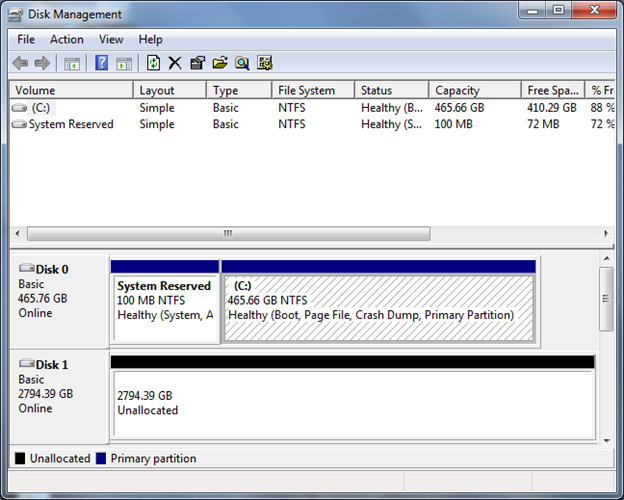


You should consider not only the capacity of the drive but also the following: There really is a substantial difference in speed and performance among various drive specifications. Start by choosing drives or storage systems that provide the appropriate level of performance. When setting up a new server, you should give considerable thought to the drive configuration. SCSI drives use SCSI controllers, PATA drives use PATA controllers, and so on. This interface is used to communicate with a drive controller. The terms SCSI, PATA, and SATA designate the interface type used by the hard disk drives.
#HARD DISK MANAGER SERVER EDITION SERIAL#
Many drive types are available for use with Windows Server 2008 R2, including Small Computer System Interface (SCSI), Parallel ATA (PATA), and Serial ATA (SATA). Typical drives have capacities of 500 gigabytes (GB) to 2 terabytes (TB). The amount of data a drive can store depends on its size and whether it uses compression. Physical drives are the actual hardware devices that are used to store data.

Whether you use individual drives or drive sets, you need physical drives. Windows Server 2008 R2 supports drive sets and arrays using redundant array of independent disks (RAID) technology, which is built into the operating system. To improve reliability and performance, you might want a set of drives to work together. In that case, user data is stored on a workstation’s hard disk drive, where it can be accessed and stored locally.Īlthough storing data on a single drive is convenient, it isn’t the most reliable way to store data. For general user data stored on workstations, you might want to configure individual drives as stand-alone storage devices. The technique you choose depends primarily on the type of data you’re working with and the needs of your network environment. With Windows Server 2008 R2, you can configure hard disk drives in a variety of ways. Before you make a hard disk drive available to users, you need to configure it and consider how it will be used.


 0 kommentar(er)
0 kommentar(er)
